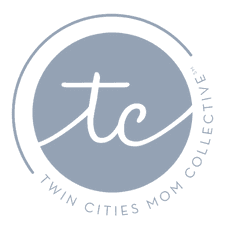
Have you heard of diastasis recti? I birthed three kids before I knew about it!
Diastasis recti is abdominal separation – when your abdominal muscles do not fully come back together (over time) after giving birth. If you’ve had multiple pregnancies, given birth to heavy babies, have had twins or triplets, or are over age 35, you are at a greater risk of developing diastasis recti.
An easy way to check to see if this might be an issue for you is to lay on your back with your knees bent. Lift your head off the floor, then press your fingers along the center of your belly. If you feel a separation, or if your fingers can sink down in between the muscles, you likely have diastasis recti.
I was feeling pretty disappointed with my body after my last pregnancy, like I still looked pregnant long after I had given birth. I tried to be patient, reminding myself of all the incredible things my body had just done, giving myself grace, knowing that it takes time for the body to adjust after having a baby. I waited and waited and waited without seeing a change.
Learning about diastasis recti was empowering for me. Once I had a name for it, I asked around, searching for gentle exercises I could do here at home to encourage my muscles to come back together. I learned that it’s SUPER important to choose your exercises well. Some common go-to exercises that we might choose for strong abs – such as crunches – actually WORSEN diastasis recti and can cause significant harm.
I was directed to a few different programs that target diastasis recti, prolapse, and several other postpartum injuries. Most of these programs had an overarching core-strengthening component, which I thought couldn’t hurt! I selected a 12-week, yoga-based program to target my core and hopefully help all the other things along the way.
Doing this program was both empowering and eye-opening for me. I learned how to engage my core when moving, as well as proper posture and breathing techniques. I recognized that my posture was incorrect. I don’t know if I was this way before having children or not, but often instead of standing straight, I stand with my legs leaning slightly forward and my torso leaning back. It’s as if I’m trying to balance out a pregnant belly or the weight of a child in my arms. To be fair, this has been what my body has been compensating for during the majority of the last 8 years! After recognizing that, I now consciously move my body to a true straight stance whenever I feel myself leaning.
Working on healing my diastasis recti and strengthening my core has helped me love my body more – not for what it might change into, but for the strength and power that it has.
If you feel like you may have diastasis recti, it’s not too late to heal! I’ve heard of women improving who are just a few months post-partum, as well as those who delivered their last child years ago. If you want to learn more, talk to your health professional and explore the options available to you.



